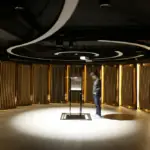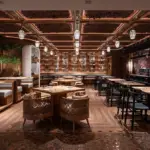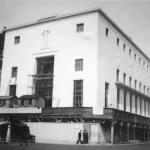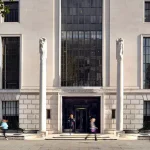MVRDV Shenzhen Architecture Biennale 2017, (W)ego House UABB News, Nantou Old Town Design
Bi-City Biennale of Urbanism\Architecture 2017
MVRDV and The Why Factory @ Bi-City Architectural Event in Shenzhen, China: (W)ego House Exhibition
21 Dec 2017
Bi-City Biennale of Urbanism\Architecture UABB 2017
MVRDV and The Why Factory participate in the Bi-City Biennale of Urbanism\Architecture (Shenzhen) 2017
Rotterdam, 21st December 2017 – MVRDV and The Why Factory stage a series of interventions for the Seventh Bi-City Biennale of Urbanism\Architecture (Shenzhen) (UABB) jointly curated by curator and critic, Hou Hanrou and founding partners of URBANUS, Liu Xiaodu and Meng Ya. The Biennale’s theme of Cities, Grow in Difference takes place across multiple sites in Nantou Old Town, a heterogeneous symbiosis of the historic town and a contemporary urban village in Shenzhen, and runs until 15th March 2018.The central piece of these interventions is a 9meter installation, (W)ego House which has now been expanded for its Shenzhen debut.
(W)ego House lets users negotiate with each other to optimise the use of limited urban space:
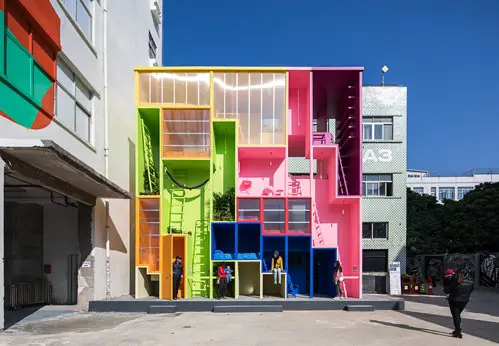
photo : Zhang Chao
The Bi-City Biennale of Urbanism\Architecture (UABB) is the only biennale in the world based solely on the theme of Urbanism and Urbanization. Initiated in Shenzhen in 2005 and partnered with Hong Kong in 2007, for over a decade the UABB has explored issues of urban and urbanisation with a focus on the macroscopic background of unprecedented rapid urbanization in China and in global cities. These interventions are part the Urban Village section themed “Hybridity and Coexistence”, dedicated to the analysis, research, explorations, relative exhibition and future imaginations of urban villages. Curated by Meng Ya, it has built three sub-sections, which are Archive, Armory and Laboratory, seeking to provide future developmental models for urban villages with knowledge, paradigms and platform for experimental transformation projects.
MVRDV and research think-tank, The Why Factory present interventions exploring future cities: The Future City is Wide: Products that will Change our Cities, (W)ego House and The Vertical Village. Alongside these installations is a presentation of The Next Hutong publication and research that reflects on the hutong’s developments over the last decades, and proposals for a better way to model its future. “The Why Factory and MVRDV show works that demonstrate the beauty of the existing and future urban village”, says Winy Maas, MVRDV co-founder. “Individualism is paired with density and collectivism, where ego becomes wego.
The Future City is Wide: Products that will Change our Cities is the result of over ten years of research by students of The Why Factory into future city products. How will these products change the world? What will it be like to live in an absolutely wonderful, infinite, fast, green, fun, biodiverse, compact, porous, (w)egoistic, and flexible world? What urban forms might appear? The products shown here in this film installation offer a wide range of answers to those questions with endless possibilities.
(W)ego House is an installation of several rooms made to fulfil idealistic but egoistic perspectives in a limited space. When confronted with the dreams of others, users must learn to negotiate with each other to optimise the use of limited urban space.The installation represents a window into the future of adaptable housing to users need and this vision allows the coexistence of multiple lifestyles in an optimized dense reality.
The Vertical Village: Individual, Informal, Intense envisions a new model for the development of Asian cities. MVRDV and The Why factory proposes The Vertical Village, a three-dimensional community intended to bring back personal autonomy, diversity, flexibility and neighbourhood life to cities in Asia.
The Next Hutong is based on the result of research by MVRDV on The Xianyukou Hutong, located next to Beijing’s Tiananmen Square. As it awaits redevelopment, inhabitants have moved to other locations and it has been left almost entirely vacant. What to do with this unusual situation? This is a moment to reflect on the hutong developments over the last decades and to create a better model for the future, the next hutong.
The Future City is Wide is a result of ten years of research by The Why Factory on future city products:
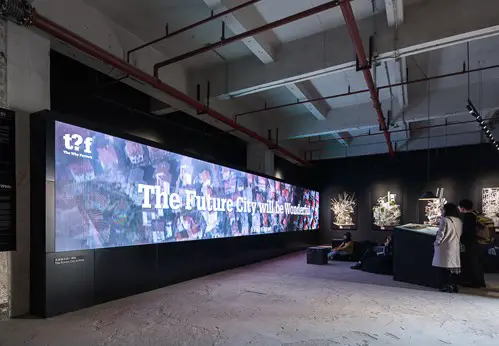
photo : Zhang Chao
Over 230 participants from more than 25 countries and regions, including China, the United States, France, Germany, Britain, Spain, Holland, Croatia, Turkey, Israel, Australia, Brazil, Puerto Rico, Mexico, Lebanon, South Korea, Japan, Vietnam, Hong Kong, Macau, and Taiwan will take part in the Biennale. Included in this list are international architects and architectural firms, renowned scholars in architecture and urban planning, international and local artists, art organizations and agencies, colleges, universities and institutions.
MVRDV and The Why Factory’s participation has been made possible thanks to the valuable support from Bi-city Biennale of Urbanism\Architecture (UABB), the Urbanus curatorial team and an anonymous sponsor of (W)ego House.
Winy Maas aims to give a lecture and workshop together with The Why Factory at the end of January/early February and the Bi-City Biennale of Urbanism\Architecture runs until 15th March 2018.
Bi-City Biennale of Urbanism\Architecture 2017 images / information received 211217 from MVRDV
16 Oct 2017
Bi-City Biennale of Urbanism\Architecture: UABB 2017
Bi-City Biennale of Urbanism\Architecture in Shenzhen
The Bi-City Biennale of Urbanism\Architecture (UABB) is to be held in Shenzhen, China, for its 7th edition on December 15th, 2017.
Nantou Old Town – Aerial View:
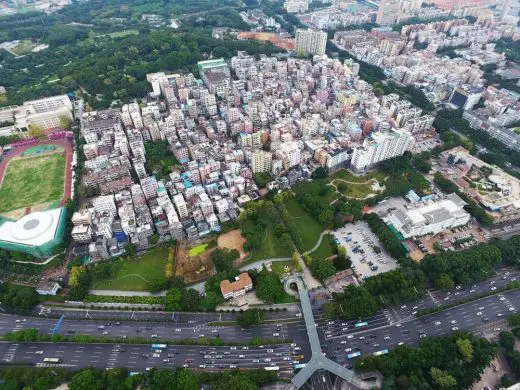
Bi-City Biennale of Urbanism\Architecture: UABB 2017
Bi-City Biennale of Urbanism\Architecture: UABB 2015
Bi-City Biennale of Urbanism\Architecture: UABB
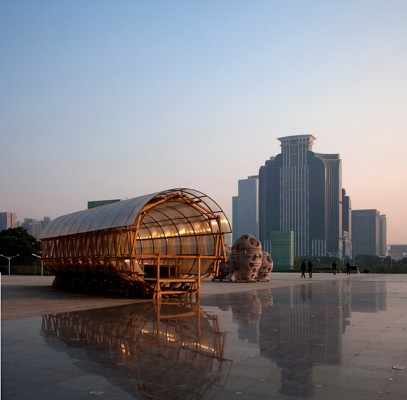
picture courtesy Shenzhen & Hong Kong Bi-City Biennale of UrbanismArchitecture
Shenzhen Architecture Biennale
SZHK Architecture Biennale UABB 2013
Shenzhen Architecture Biennale UABB
Shenzhen & Hong Kong Biennale – Previous Years
Shekou Terminal warehouse to host UrbanismArchitectural Biennale, 2013
Amateur Architecture Studio (Hangzhou, China):
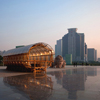
picture courtesy Shenzhen & Hong Kong Bi-City Biennale of UrbanismArchitecture
Clavel Arquitectos (Murcia, Spain):
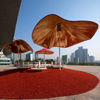
picture courtesy Shenzhen & Hong Kong Bi-City Biennale of UrbanismArchitecture
Nai – Dutch pavilion, Ole Bouman:
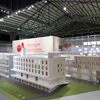
picture courtesy Shenzhen & Hong Kong Bi-City Biennale of UrbanismArchitecture
UABB:

picture courtesy Shenzhen & Hong Kong Bi-City Biennale of UrbanismArchitecture
UABB panoramic view:
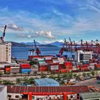
picture courtesy Shenzhen & Hong Kong Bi-City Biennale of UrbanismArchitecture
Shenzhen Hong Kong Biennale
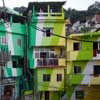
picture : 2011 Shenzhen & Hong Kong Bi-City Biennale of UrbanismArchitecture
SZHK Biennale Installation by Ball Nogues Studio:
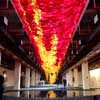
photo : Benjamin Ball
SZHK Biennale Installation 2009 Bug Dome by WEAK!
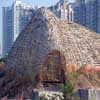
photo © Marco Casagrande
Architecture in SZHK
Hong Kong Architecture Designs – chronological list
Business of Design Week Hong Kong
Shenzhen Buildings
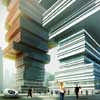
picture © MVRDV
Universiade in Shenzhen
von Gerkan, Marg and Partners (gmp)
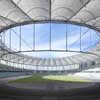
photo © Christan Gahl
Universiade in Shenzhen
Hong Kong Architecture
West Kowloon Development
Foster + Partners
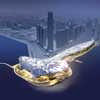
image from architect
West Kowloon Cultural Complex
Innovation Tower, The Hong Kong Polytechnic University – PolyU
Zaha Hadid Architects
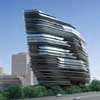
image from architect
Hong Kong University Building
Comments / photos for the Bi-City Biennale of Urbanism\Architecture 2017 by MVRDV page welcome

